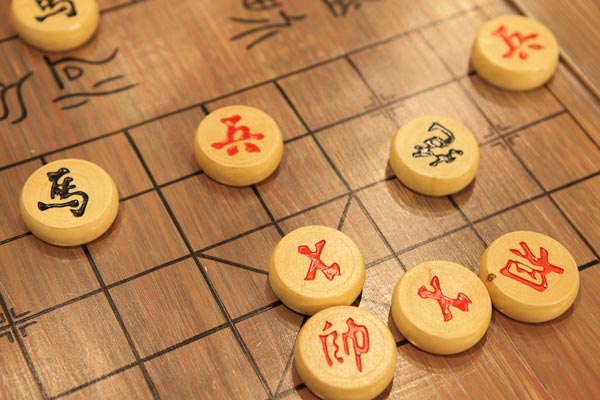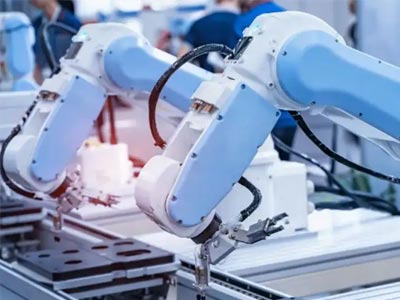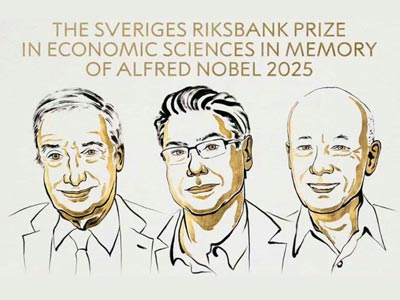Beijing Opera, also known as Peking Opera, Beijing Opera, etc., is one of China's Quintessences, an intangible cultural heritage of mankind, and the most influential Chinese opera genre, with Beijing as the center and all over the country.

Since the 55th year of Emperor Qianlong's reign in the Qing Dynasty (1790), the four major Huiban troupes, Sanqing, Sixi, Chuntai, and Hechun, which originally performed in the south, have successively entered Beijing. They cooperated with Han Opera artists from Hubei, and at the same time accepted some repertoires, tunes and performance methods of Kunqu Opera and Qin Opera, and absorbed some local folk tunes. Through continuous communication and integration, Beijing Opera was formed, with Xipi and Erhuang as the main tunes, and the recitation is mainly in Beijing-Han language, and Huguang dialect plus Zhongzhou rhyme.
Beijing Opera has a set of standardized artistic expressions in literature, performance, music, stage art and other aspects. The singing of Beijing Opera belongs to the Banshi variation, with Erhuang (also known as "Erhuang") and Xipi as the main voices. Beijing Opera accompaniment is divided into two categories: civil and martial. The civil is mainly played by huqin, while the martial is mainly played by percussion (drum board, big gong, cymbals, small gong).

The roles of Beijing Opera are divided into Sheng, Dan, Jing, Chou, Za, Wu, and Liu. The last three are no longer established. Beijing Opera now has four roles: Sheng, Dan, Jing, and Chou. Each role has a set of performance forms. The skills of singing, reciting, acting, and fighting are unique. Beijing Opera mainly performs historical stories. There are about 1,300 traditional repertoires, and more than 300 to 400 are often performed.
Beijing Opera is popular throughout the country and has a wide influence. It is known as the "national opera". The Beijing Opera performance system named after Mei Lanfang is regarded as the representative of the oriental drama performance system and one of the three major performance systems in the world. Beijing Opera is an important form of expression of the traditional culture of the Chinese nation. Many artistic elements in it are regarded as symbols of Chinese traditional culture.
Cultural characteristics
Beijing Opera is good at expressing political and military struggles in historical themes, and most of the stories are taken from historical epics and novels. There are both full-length dramas and a large number of excerpts, in addition to some connected dramas.
Performance techniques
The four artistic techniques of Beijing Opera performance: singing, reciting, acting, and fighting are also the four basic skills of Beijing Opera performance.
Singing refers to singing, reciting refers to musical recitation, the two complement each other, and constitute "singing", one of the two major elements of Beijing Opera performance art, acting refers to dance-like body movements, and fighting refers to martial arts and tumbling skills. The combination of the two constitutes "dance", one of the two major elements of Beijing Opera performance art.
Opera actors must be trained in these four aspects from an early age. Although some actors are good at singing (singing Laosheng), some are mainly based on acting (Hua Dan), and some are mainly based on martial arts (Wu Jing). However, every actor must have solid singing, reciting, acting, and fighting skills. Only in this way can the artistic characteristics of Beijing Opera be fully brought into play. Better express and portray the various characters in the play.
Beijing Opera has singing, dancing, dialogue, martial arts, and various symbolic movements. It is a highly comprehensive art.

Classification of roles
Beijing Opera roles are divided according to the natural attributes (gender, age) and social attributes (identity, occupation) of the characters, mainly according to the character's personality characteristics. Beijing Opera troupes used to have "seven roles and seven categories": the seven roles are Sheng, Dan (also known as Zhan), Jing, Chou, Za, Wu, and Liu.
Everything on the Beijing Opera stage does not appear in its original appearance in life. The characters on the Beijing Opera stage do not appear in the original appearance of people in life, but according to the gender, personality, age, occupation, and social status of the characters played, some artistic exaggerations are made in makeup and clothing, so that the characters on the stage are divided into four types: Sheng, Dan, Jing, and Chou. The special term for these four types in Beijing Opera is "roles".
Sheng
A general term for male positive roles other than Hualian and Choujiao, divided into Laosheng (also divided into Angong Laosheng who focuses on singing, and Kaoba Laosheng who focuses on martial arts), Wusheng (divided into long Kaowusheng, short fighting Wusheng and monkey opera), Xiaosheng (divided into Shanzisheng, Zhiweisheng, Qiongsheng, Wuxiaosheng).
Dan
A general term for female positive roles, divided into Qingyi (Zhengdan), Huadan, Guimendan, Daomadan, Wudan, Caidan, Laodan.

Jing
Commonly known as Hualian, mostly plays male characters with some special personality, quality or appearance, with makeup and facial makeup, loud voice and rough style. "Jing" is divided into Dahualian, which focuses on singing, divided into Zhengjing (focusing on singing, called Tongchui, Heitou), Jiazihua (focusing on Gongjia), Wuerhua, Shuaihua, Youhua (also called Maojing).
Chou
Plays a comedy role, because a small piece of white powder is applied on the bridge of the nose, it is commonly known as Xiaohualian. There are Wenchou (Fangjinchou, Paodaichou, Laochou, Rongyichou, and Caidan and Pozi), Wuchou (also known as Kaikoutiao), etc. Each profession has a set of performance routines, and each has its own characteristics in singing, reciting, acting and fighting.
Singing Classification
Beijing Opera is mainly divided into two categories: "Xipi" and "Erhuang".

Inheritance Value
Beijing Opera stage art has formed a set of mutually restrained and mutually complementary rhythmic and standardized routines in literature, performance, music, singing, gongs and drums, makeup, and facial makeup through the long-term stage practice of countless artists. It is a very rich artistic means to create stage images, and its usage is very strict. If you can't master these routines, you can't complete the creation of Beijing Opera stage art. Because Beijing Opera entered the palace at the beginning of its formation, its development and growth are different from local operas.
It requires a wider range of life to be expressed, more types of characters to be created, stricter requirements for the comprehensiveness and integrity of its skills, and higher aesthetic requirements for its stage image creation. Of course, it also weakens its folk rural flavor accordingly, and its simple and rough style characteristics are relatively weak.
Therefore, its performance art tends to combine the virtual and the real, and transcends the limitations of stage space and time to the greatest extent, so as to achieve the artistic realm of "using form to convey spirit, and both form and spirit". The performance requires exquisiteness and delicacy, and the performance is always involved; the singing requires melodious and euphemistic, and the voice and emotion are rich; the martial arts drama does not win by being fierce and brave, but by "martial arts and literary singing".




